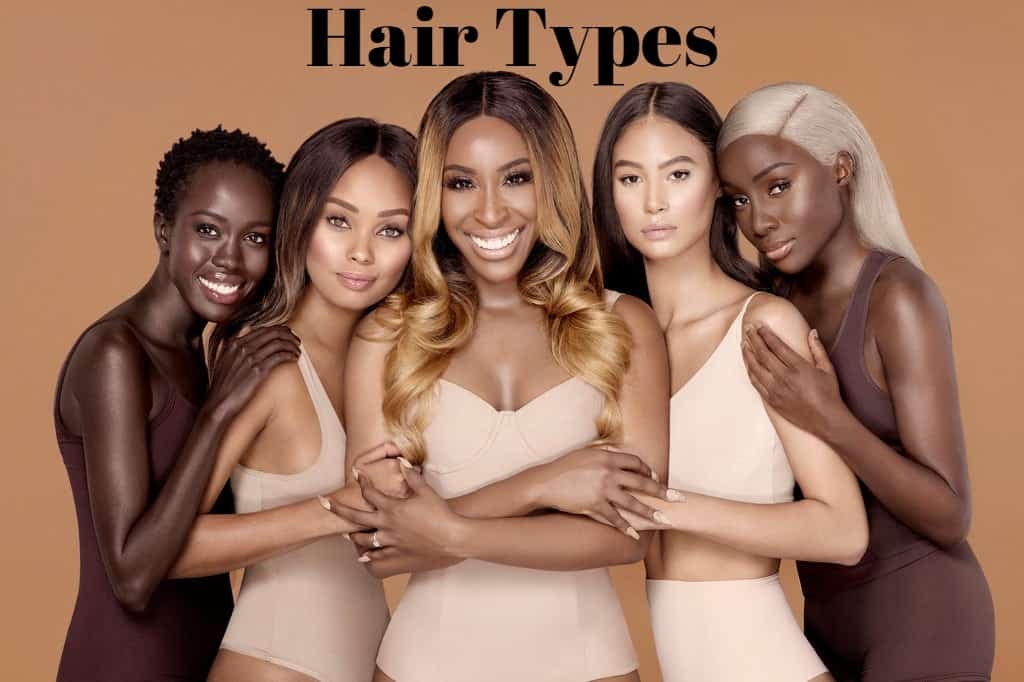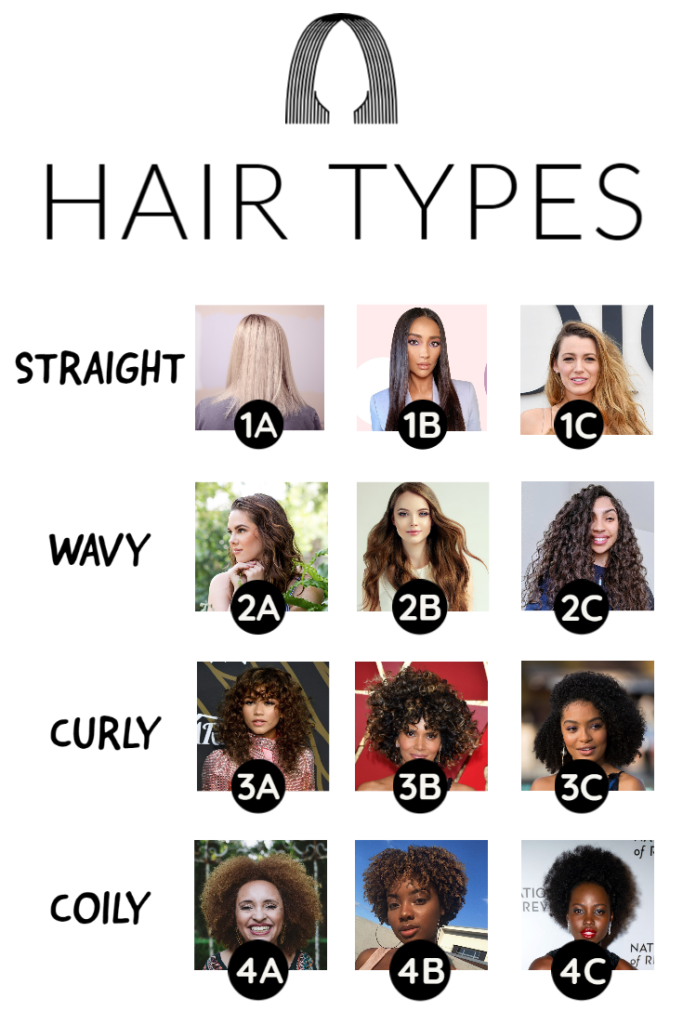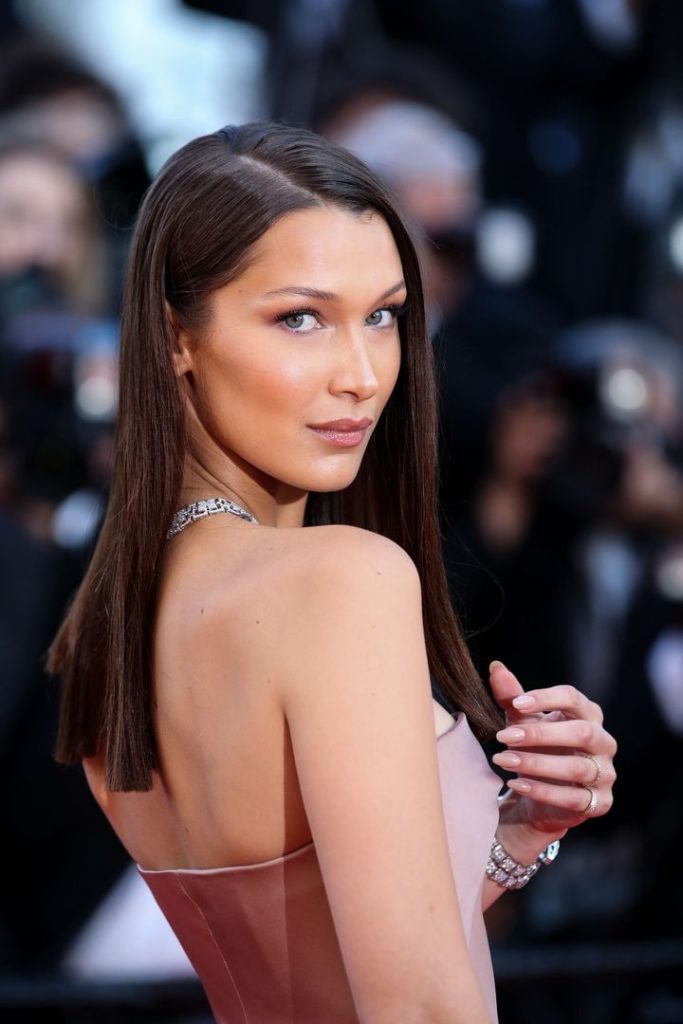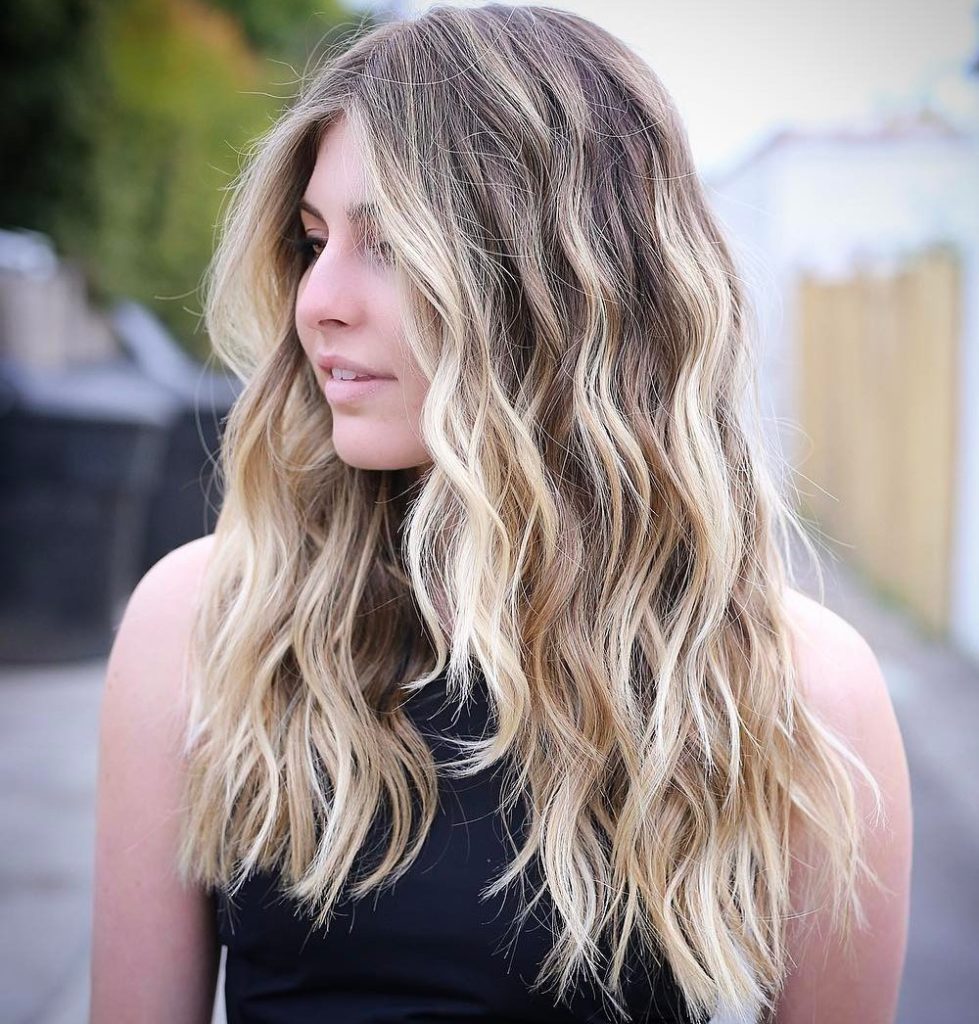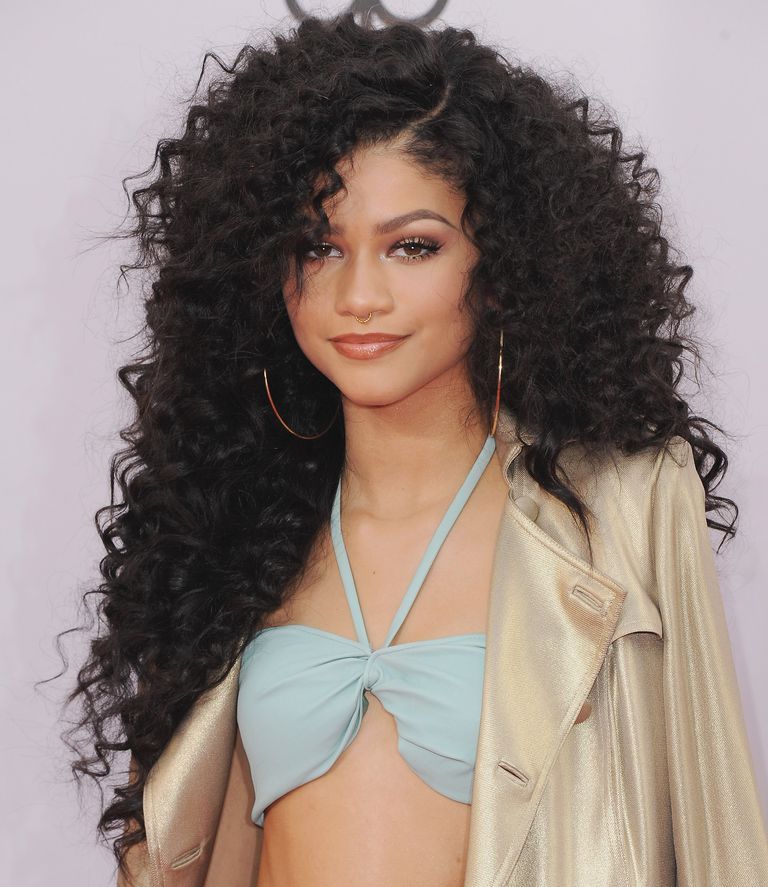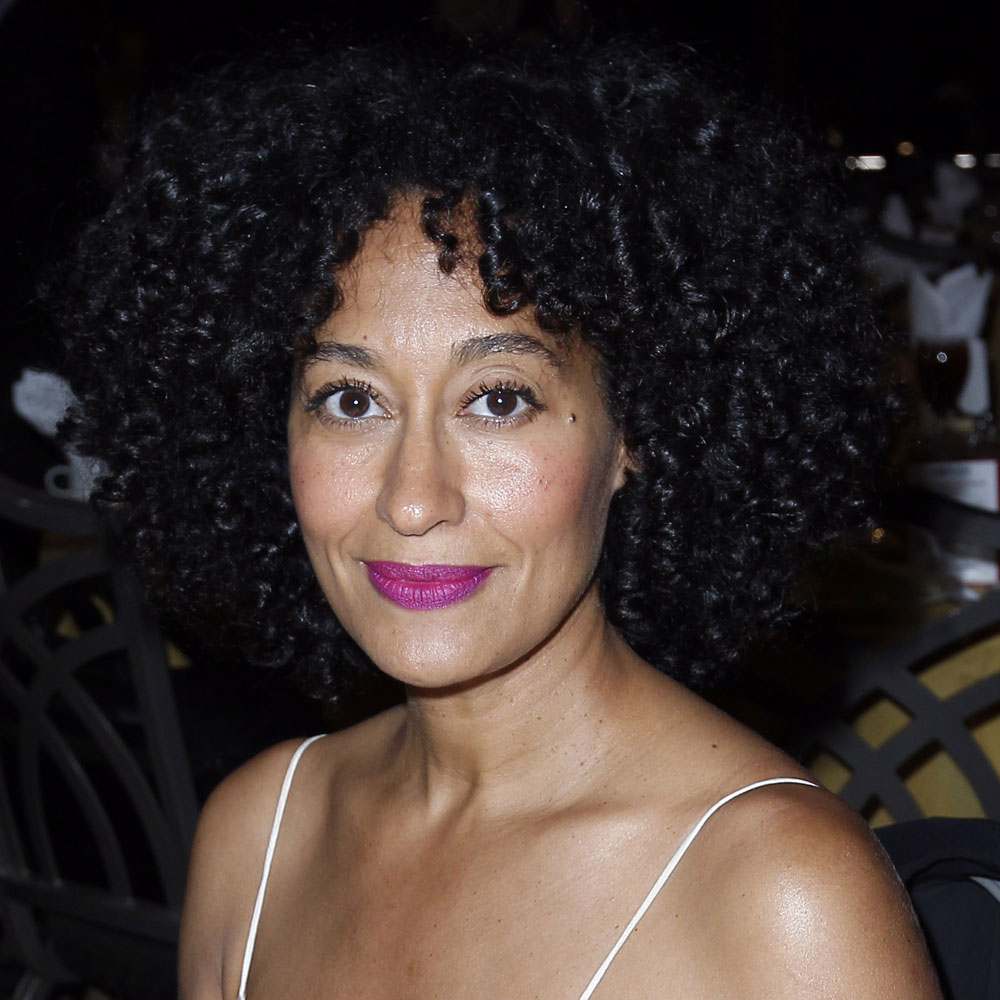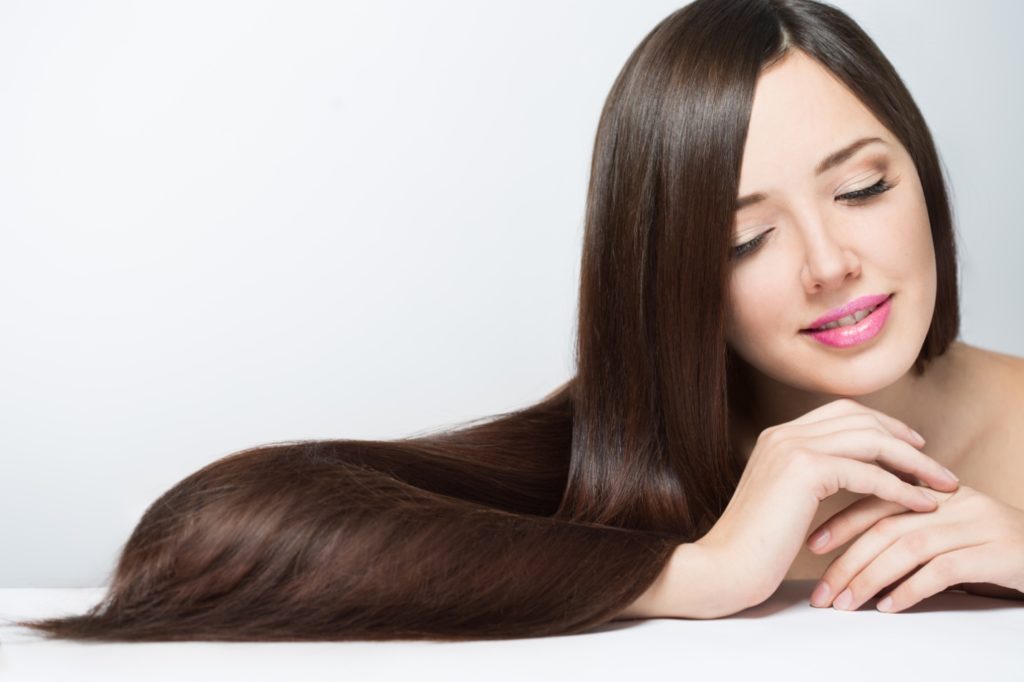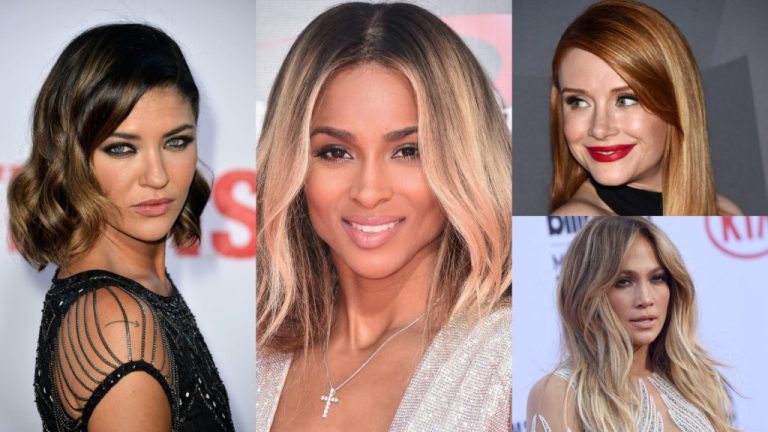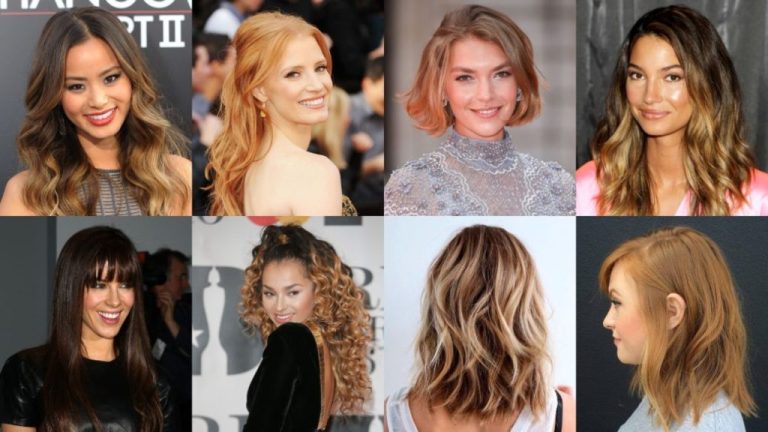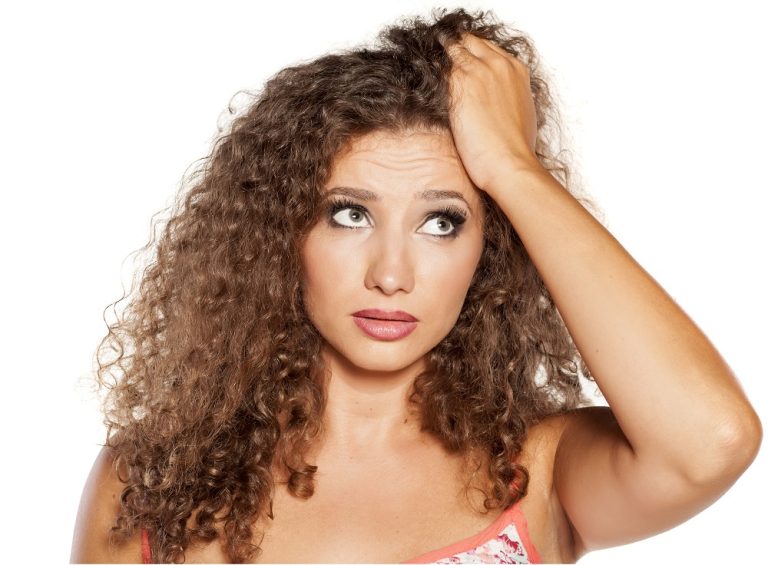Hair Types : How to Take Care of Your Hair
Hair type means hair’s curl pattern. The shape of hair follicles basically determines this curl pattern. Ovalness or asymmetricity of your hair follicles is directly proportional to the curliness of your hair.
The curl pattern of your hair is determined genetically. The curl pattern can be altered by applying temperature to hair through styling tools and can also be due to hormones and even medicines that you take.
But your natural hair type is encoded in your DNA. Given below are the four basic hair types for you to determine which one is yours:
Hair Types : How to Take Care and Style Your Hair
Types of Hair
Every hair belongs to one of these four hair types – type 1, which is Straight hair, type 2, which is wavy hair, type 3, which is curly hair and type 4, which is coily hair. These types can be broken down further into sub-categories based on the tightness of the curls and coils. However, your hair cannot belong to any single discrete hair type category mentioned above, as it could exhibit the properties of different hair types in different regions. For instance, your hair could belong to type 3C at the crown region and could belong to type 3A at the temples.
Type A – Straight
Hair that has no natural curls and falls from root to tip without waving, however thick, thin, coarse, or fine the nature of hair is, comes under type 1. This type of hair tends to become easily oily, and checking the label of hair products to see if they don’t add more oil to your hair is recommended. Texture sprays and dry shampoos can be preferred instead of serums or butter. Dry shampoo is highly recommended as straight washing hair often leads to the overproduction of oils in the hair.
Type 2 – Wavy
2A: This type of hair is straight from roots to eye level and coarsely wavy from eye level to ends. A mousse or gel to define those waves would be perfect, as stylists recommend creamy and oil-based products for this hair type.
2B: This type is similar to type A as the curls are wavy towards from eye level to ends. This hair type is more inclined towards curly hair type than wavy and requires more effort for straightening.
2C: Wave patterns in this hair type start close to the crown and form a well-defined S-shaped wave until the end. This hair type is thick and is more prone to frizz. Stylists recommend using a diffuser, a tooth-like attachment to the end of your blow-dryer. Using a diffuser attachment helps in lowering your frizz. Women with this hair type mostly wander between straightening their hair daily and trying to find products to define their curls. Today, a lot of products are available in the market, which contain anti-humidity ingredients.
Type 3 – Curly
3A: This hair type has curves forming into loose loops with their curl circumference a bit wider than a tapering candle’s circumference. Curly hair turns excessively frizzy on brushing. Pulling curly hair back for a ponytail induces the curls to lose their formation, which results in hair thinning and a receding hairline.
3B: The curls of this hair type are as wide as the barrel of a Sharpie Marker, and the curls mostly spring from the roots giving a voluminous look. As the hair is coiled excessively, natural hair oils have a tough time reaching the hair ends. Thus this hair type needs moisturizing products. Silicone and sulfate products might help control the frizz, but over time they lead to excessive dryness and hair breakage and hence avoid them as much as possible.
3C: The curls of this hair type are springy and can perfectly coil around a drinking straw. Preserving the definition of these curls requires the use of leave-in conditioner in your damp hair. Air drying is more preferred than blow-drying for these curls.
Type 4 – Coily
4A: This is an excessively delicate hair type that requires a lot of moisture. Deep conditioning masks, butter, and creams are great choices for moisturizing your curls. Protective styles like braids and weaves do more harm than good as they deform the curls and dry out the cuticles. A style that can allow moisturizing is more preferable.
4B: The curls of this type are in a zig-zag pattern and can be defined by shingling. Shingling involves detangling damp hair using fingertips. Take good amounts of leave-in conditioner and moisturize your hair. After that, section your hair into four parts and use curling cream or gel through each curl. Twist the strands using your index fingers and let them go.
4C: This type of curls is excessively tight and is extremely fragile. Conditioning your hair often is absolutely essential as they lack moisture. Coconut oils and shea buttercreams are the best friends for these curls. Women with this hair type usually go with co-washing. Co-washing is the process of ditching shampooing and using only conditioner.
Different Types of Hair Texture
Apart from the different hair types that we discussed, the hair also has different textures. Hair texture means a description of the hair thickness. There are three hair textures – Fine, medium, and coarse.
- Fine hair is thin and delicate and becomes easily greasy. They also undergo breakage more than thick hair. Medium hair is thicker than fine hair. Hair has three layers in this case- cortex, cuticle, and medulla, whereas hair has only cortex and cuticle in the case of fine hair.
- Medium hair texture has a good volume and is comparatively less prone to breakage.
- Coarse hair looks fuller than medium hair and is basically tolerant of things like heat, products, and hair dye. But it tends to get frizzier.
Hair Care Tips
Hair care primarily involves knowing the right kind of products that work for your hair. Each hair type has products like shampoo, conditioner, hair mask, mousse, heat protectant, and many other products with formulae that favor their hair type. Below given are a few hair care tips for each hair type :
Tips for Straight Hair
This hair type naturally has a lot of shine. However, straight hair is more prone to greasiness, and they may require more frequent hair washes. Dry shampoo is the best friend for this hair type.
Look out for shampoo and conditioners that mention “volumizing” in their description. Apply dry shampoo after you dry your hair. Heavy and texturizing products should be avoided.
For adding more volume, use a blow-dryer and use a round-brush on your hair, flipping it upside down. Use a little dry shampoo on your hair after blow-drying. You can try texturizing products by applying them from root to ends. Blunt hair cuts easily give your hair a voluminous and bouncy look. Layer cut makes your hair look great if you have medium or thick hair.
Tips for Wavy Hair
Wavy hair is more prone to frizz, and the main part of hair care of this hair type involves controlling the frizz without weighing down your curls. Retaining the waves after moisturizing is a big concern for this hair type.
Hydrating and moisturizing shampoos are recommended. Moisturizing masks are also recommended as they enable frizz reduction.
For styling your hair, apply a spritz of styling mousse from roots to ends on damp hair. A little hair oil from mid-shaft to ends helps in moisture locking. A diffuser attachment to your blow dryer can help you in reducing the frizz of your hair.
Cut your hair into waves if you have fine hair as that gives a voluminous look to your hair. If you have thick hair, wearing it long keeps your hair more relaxed as shorter length makes your hair more curly as the length is less to weigh your curls down.
Tips for Curly Hair
Curly hair is excessively prone to frizz and moisture deprivation. Keeping your hair moisturized is the only solution for frizz. Choose the right shampoo and conditioner that can moisturize your curls. Go with mousses and creams that help you add definition to your curls.
Focus your entire hair care routine in moisturizing your hair. Choose the specially designed moisturizing formula for curly hair.
For styling, embrace your curls by applying the light mousse on your hair from root to ends. Attach a diffuser to your blow-dryer as that helps you reduce frizz.
Wearing your hair short makes your hair more curly as there is lesser length to weigh your curls down.
Tips for Coily Hair
Coily hair is excessively fragile and requires a lot of taming. You might find it difficult to choose the right products for your hair.
Moisturizing your hair is excessively essential. As already mentioned above, the curlier your hair is, the tougher it is for natural hair oils to reach the end of your hair. Shampoo and conditioner with heavy moisturization is a must. Also, use hair masks as often as possible for moisturizing your hair. Hair oils, creams, and mousses can be used for locking your hair’s moisture and adding definition to your curls. A little pomade can help you with styling.
Towel dry your hair using a t-shirt or Microfiber towel as your hair is excessively fragile to use towels that are harsh on your hair. For moisturizing and defining your curls use hair-oil or leave-in conditioner.
Trimming as often as possible to get rid of split-ends and to encourage healthier hair growth is recommended. However, women with coily hair don’t choose to wear their hair in short lengths to avoid it getting curlier.
Know your hair type, its texture, and accordingly style it! Hope the article helped you in uderstanding it well.

